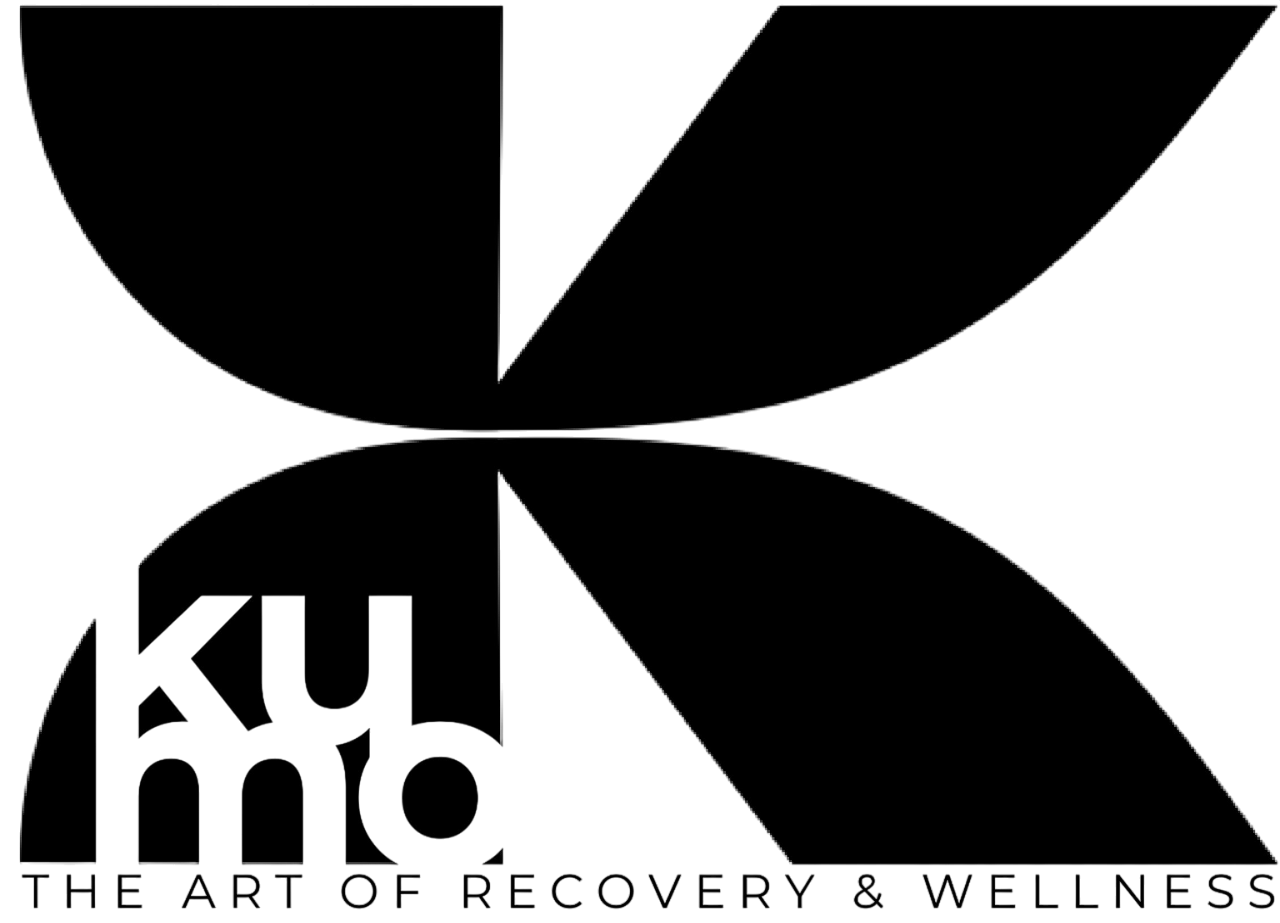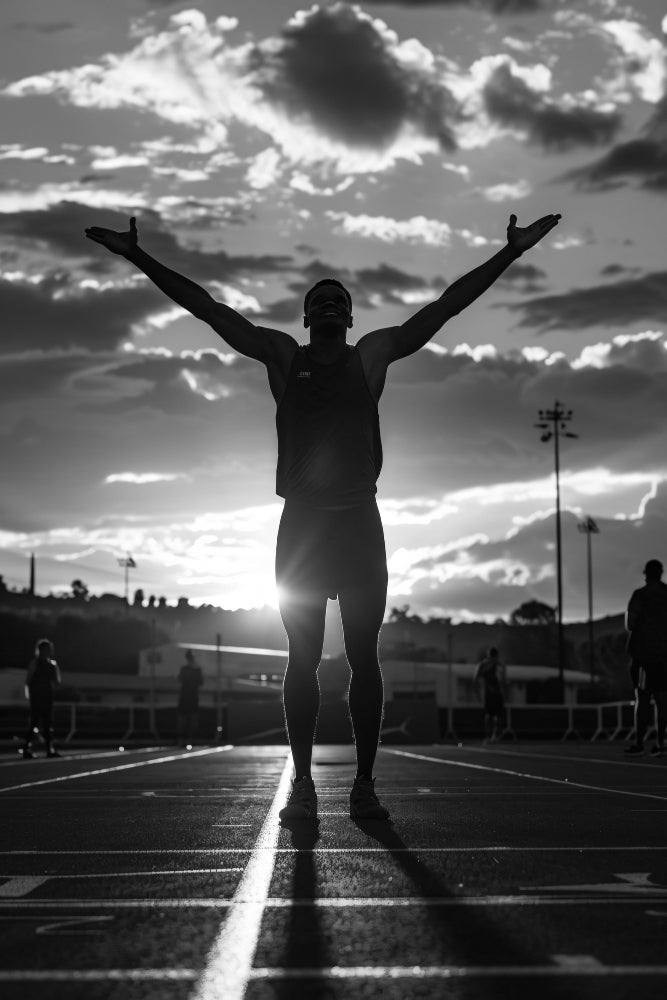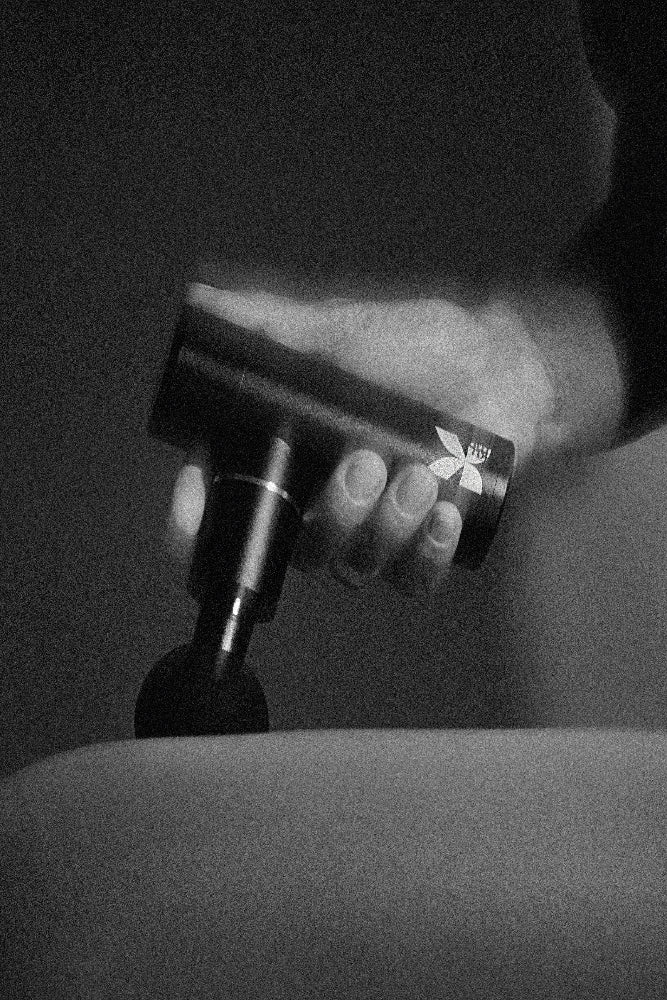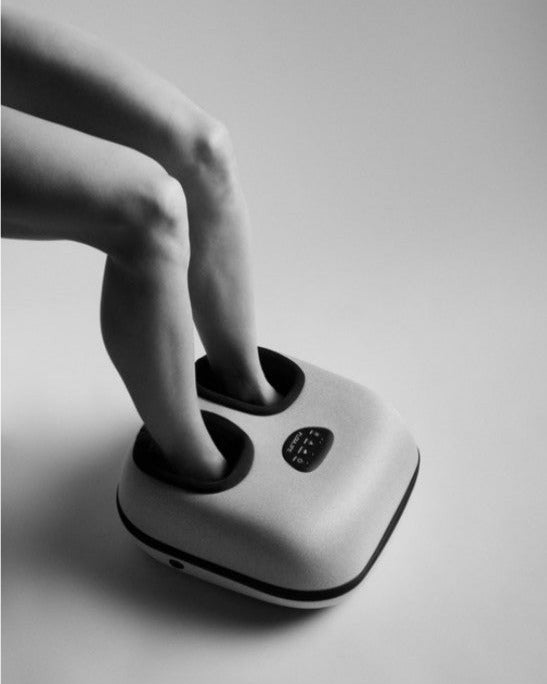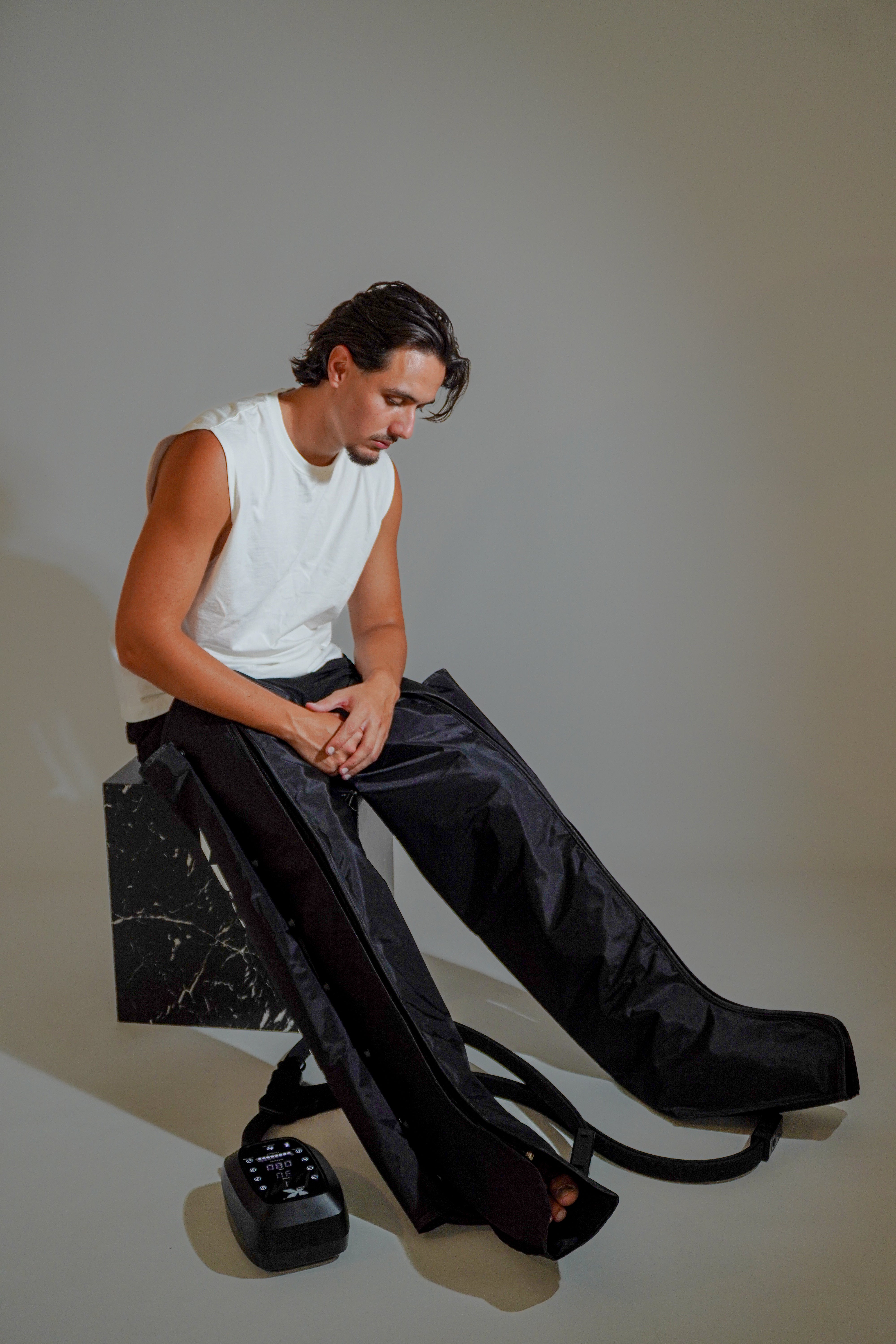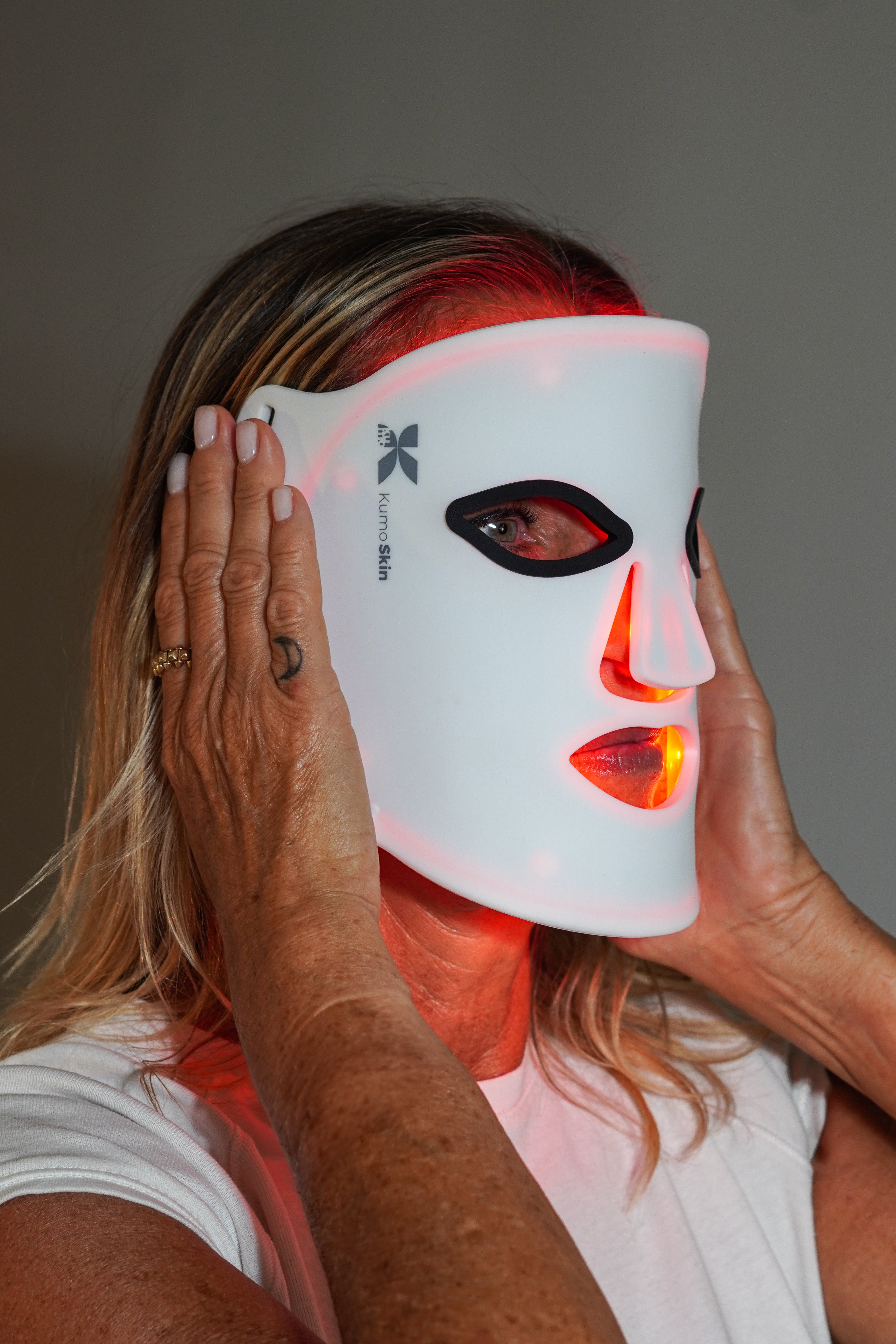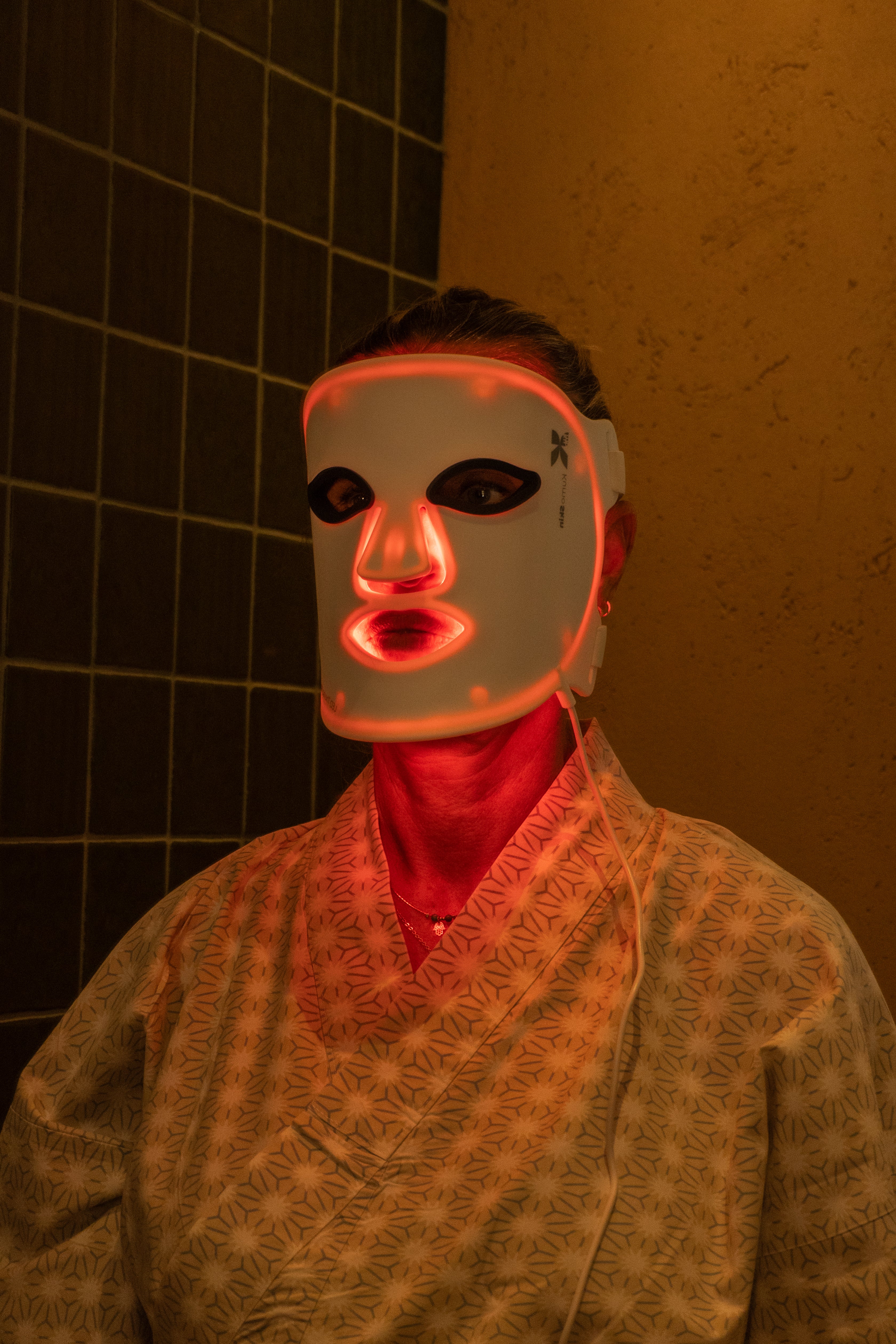Red light therapy for faster muscle recovery and less pain. This article explains what it is, how it works, and how to integrate it into your routine to speed recovery, reduce fatigue, and sleep better, with clear guidelines for home use and recent scientific evidence.
Coming soon
- Accelerates recovery and reduces post-workout muscle soreness (DOMS) with photobiomodulation.
- Key wavelengths: red (≈630–660 nm) and near-infrared (≈810–850 nm) to reach deep tissue.
- Short, regular sessions (5–20 min per zone) offer cumulative results.
- Compatible with pressotherapy and massage for a complete recovery protocol.
- Safe and noninvasive; avoid unprotected eyes and consult if you are taking photosensitizing medications.
| That | Why it matters | How to apply it |
|---|---|---|
| Red and near-infrared light | Stimulates mitochondria and microcirculation to repair faster | 5–20 min/zone, 3–6 days/week |
| Before training | Improves muscle preparation | 5–10 min on key groups |
| After training | Less swelling and stiffness | 10–20 min on loaded areas |
| Synergies | Add benefits with compression and massage | Alternates with pressotherapy and massage gun |
| Security | Avoid looking at LEDs and photosensitive areas | Wear glasses if necessary and follow the device guide. |
What is red light therapy and how does it work on the muscle?
Red light therapy, also known as photobiomodulation (PBM), uses visible red light and near-infrared light to stimulate biological processes. These wavelengths are absorbed by cytochrome c oxidase in mitochondria, promoting ATP production and modulating nitric oxide.
Simply put, more cellular energy and better microcirculation translate into muscles that repair faster and hurt less.
In addition to increasing available energy, PBM helps balance oxidative stress and the inflammatory response, key factors in delayed-onset muscle soreness after intense exercise. Its effect is dose-dependent: regularity and appropriate parameters make all the difference.
Key benefits for muscle recovery
- DOMS Reduction: Attenuates tenderness and stiffness 24–72 hours after exercise.
- Faster functional recovery: promotes the restoration of strength and range of motion.
- Less local inflammation: modulates cytokines and improves drainage.
- Improved oxygenation and perfusion: promotes microcirculation, which is crucial for eliminating metabolites.
- Sleep and relaxation support: Exposure to red light in the evening does not interfere with melatonin production and can promote restful sleep, which is important for recovery.
For an overview of wellness technology and alternatives, visit KUMO .
Scientific evidence in a nutshell
The mechanisms of photobiomodulation are widely described in the literature and show effects on mitochondria, NO, and oxidative stress. Recent reviews in humans report small to moderate improvements in post-exercise soreness and functional markers when appropriate parameters and consistent protocols are used.
- Review of mechanisms and clinical applications of PBM (Hamblin, 2018) open access .
- Synthesis of PBM effects on muscle and exercise performance in physiology and rehabilitation journals Frontiers in Physiology .
- Clinical overview and safety at renowned healthcare centers like the Cleveland Clinic.
Note: Effects depend on dosage, timing, and individual characteristics. The quality of the device and consistency are more important than a single intensive session.
How to use it at home: practical parameters
Wavelengths and depth
- Red (≈630–660 nm): superficial layers, useful for skin and closer muscle groups.
- Near infrared (≈810–850 nm): better penetration for large muscle groups and joints.
Quality devices often combine both for complete coverage. Explore options in our LED therapy collection .
Time, distance and frequency
- Duration per zone: 5–20 minutes depending on muscle size and equipment power.
- Distance: Follow the manufacturer's guidelines; typically a few centimeters away for stable irradiance.
- Frequency: 3–6 days per week. Cumulative effect over 2–4 weeks.
Avoid excessively long sessions in a single location; more isn't always better in PBM.
Before vs. after training
- Pre-workout: 5–10 min on quads, hamstrings, calves, or shoulders to prepare the tissue.
- Post-workout: 10–20 min per group to reduce stiffness and promote metabolite turnover.
Synergies that multiply results
- Intermittent pneumatic compression: activates venous return and accelerates recovery. Discover our pressotherapy .
- Percussive massage: Releases tension points and improves local flow; combine it after a red light or every other day. See the KumoPulse Air massage gun .
- Gentle mobility, hydration, and sleep: pillars that enhance PBM.
Who is it ideal for?
- Strength and endurance athletes who perform demanding sessions together.
- Team sports players with tight schedules.
- People with physical jobs or who spend hours standing that accumulate muscle fatigue.
- Active seniors seeking drug-free recovery.
- Those who want to improve their sleep hygiene and overall well-being as part of a premium recovery routine.
If you don't know where to start, our team can guide you from the contact page .
Safety and contraindications
Red light therapy is noninvasive and well tolerated. However:
- Do not look directly into the powerful LEDs; wear eye protection if necessary.
- Avoid applying to suspicious skin lesions, active cancer, overactive thyroid gland, and abdomen during pregnancy.
- Caution if you are taking photosensitizing drugs or suffer from photosensitive migraine.
- Keep your skin clean and dry; start with shorter sessions to observe your response.
For medical conditions, consult a healthcare professional.
How to choose a reliable LED device
- Specific wavelengths (≈630–660 and ≈810–850 nm) and documented actual power.
- Uniform light distribution and low heat emission.
- Safety certifications and clear user guide.
- Convenient format for your goals (panel, strip, focal device). Explore LED therapy at KUMO for options designed for recovery and daily wellness.
Example of weekly protocol
- Monday/Wednesday/Friday: 10–15 min per group worked post-workout.
- Tuesday/Thursday: 5–8 min pre-workout on key areas + mobility.
- Saturday: 10-minute maintenance session on loaded areas + pressotherapy .
- Sunday: Active rest; if stiff, 8–12 min of light + gentle massage with KumoPulse Air .
Adjust timings to your device and your mood; weekly consistency is the priority.
Frequently Asked Questions
How long does it take to notice improvement in muscle pain?
Most users notice changes within 1–2 weeks of consistent use, especially in post-workout stiffness and the feeling of "stiff legs." The effects are cumulative: regular sessions of 5–20 minutes per zone, 3–6 days per week, are often more effective than a single long session. Factors such as training volume, sleep, and hydration influence the speed of the response. If you don't notice improvements after 4 weeks, review your parameters (distance, time, consistency) and choose a device with appropriate wavelengths and power.
Red or near-infrared: which is better for muscle?
The two complement each other. Red light (≈630–660 nm) acts on more superficial layers and can relieve muscle groups close to the skin, while near-infrared (≈810–850 nm) penetrates deeper and is useful for deep muscle mass and joints. Many devices combine the two to cover more tissue. If you do strength training or sports with high peak loads, including near-infrared often provides a more complete feeling of recovery while still providing the benefits of red light.
Can I use it every day?
Yes, it's possible to use it daily in cycles, but most protocols work well with 3–6 days per week. If you train daily, alternate muscle groups to avoid overexposure in any one area. Start with conservative doses and gradually increase to the manufacturer's recommended time. If you notice persistent redness or discomfort, reduce the time per area or the frequency. The key is consistency and respecting your body's response.
Is it compatible with cryotherapy, stretching or massage?
Absolutely. PBM combines well with localized cryotherapy after very intense exercise, gentle stretching, and percussive massage. A possible order: 1) red/infrared light to modulate inflammation and prepare the tissue,
- massage or massage gun to release tension,
- Controlled stretching. Pressotherapy can be added every other day to enhance venous return. Adjust the sequence based on your sensations and the goal of each session.
Does it also help you sleep better after night workouts?
Exposure to red light in the evening does not suppress melatonin as intense blue light does. Many users report relaxation and improved sleep quality by including 10–15 minutes of low-intensity red light in their nighttime routine. Although clinical evidence on sleep is promising but still limited, in practice it is a useful tool for "winding down" after late-night sessions. Keep the lighting in a warm environment and avoid bright screens to maximize the effect.
To remember
- Photobiomodulation with red and near-infrared light accelerates recovery and reduces DOMS.
- Regularity and adequate parameters are more important than very long sessions.
- Combine it with compression and massage for a complete and efficient protocol.
- Safety: Do not look into the light source, caution with photosensitivity and pregnancy.
- Choose devices with specific wavelengths and validated power.
Ready to integrate light into your premium recovery routine? Discover KUMO LED therapy and learn about our vision of wellness at KUMO . If you need advice, contact us here .
